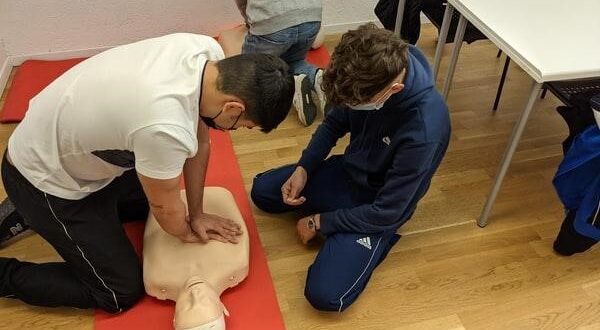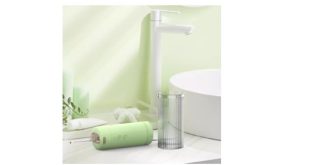Knowing how to perform CPR (cardiopulmonary resuscitation) is a critical skill and could be the difference between life and death in many situations—including drowning. Bystander CPR can double or triple a person’s chance of survival. That’s why it’s so important to get a CPR certification. Thankfully, online CPR courses have made it easier and more accessible than ever to get your certification. Keep reading to learn more about this life-saving skill and how it can be used to save drowning victims.
Getting Your CPR Certification
CPR, or cardiopulmonary resuscitation, is a combination of mouth-to-mouth resuscitation and chest compressions that can help to keep a person alive until emergency medical personnel arrive. A CPR certification is a life-saving credential that demonstrates your competency in cardiopulmonary resuscitation. This certification is typically required for many health care jobs, such as nurses, doctors, and first responders, but anyone can get certified through an accredited organization.
Read also: Tenses and Their Types
There are a few different ways to get your CPR certification. The most common way is to take a CPR training course, which can be taken in person or online. There are also many CPR certification exams that can be taken online.
Regardless of which route you choose, you will need to learn the basic concepts of CPR. This includes how to recognize and respond to cardiac and respiratory emergencies, how to use an AED (automated external defibrillator), and how to provide basic first aid. You will also need to be able to demonstrate proper CPR techniques.
The CPR training courses offered by accredited organizations will usually include a hands-on component where you will be required to perform CPR on a mannequin. If you are taking an online certification exam, you will typically be asked to complete a practice test before you are allowed to take the actual exam.
Once you have obtained your CPR certification, it is important to keep it up-to-date. Many certification organizations offer recertification courses and exams that make it easy to stay current on your certification.
Responding to a Drowning Emergency
When you see somebody in the water who appears to be in trouble, the first thing you should do is call 9-1-1. Once you’ve made the call, there are a few things you can do to help the person before emergency responders arrive.
If the person is conscious and breathing, help them to the shore or a place where they can safely rest. If they are not breathing, begin CPR immediately.
If you are unable to reach the person, or if they are unresponsive, throw them a life preserver or ring buoy if you have one. If you don’t have a life preserver, use a rope, piece of clothing, or anything else you can find to help you reach the person.
Once you’ve reached the person, assess their condition and provide first aid if necessary. If they are not breathing, perform CPR. If they are breathing, try to keep them calm and reassure them until emergency responders arrive.
Performing CPR

To perform CPR, you will need to give 30 chest compressions. Make sure that you are giving them at a rate of 100 compressions per minute. If you are using a CPR mask, make sure that it is properly sealed to the victim’s face. Take a deep breath and exhale completely, then place your mouth over the victim’s mouth and nose and seal it. Give two rescue breaths, then return to chest compressions.
Once you have given 30 compressions, it is time to give two rescue breaths. To do this, kneel down next to the victim and place your mouth over theirs. Make sure their mouth is open, and blow into their lungs for about one second. Then, take a step back and watch their chest for the rise and fall to ensure the breath went in. If it did not, then repeat the process.
Keep up the compressions until the victim starts breathing on their own or emergency medical personnel arrive.





